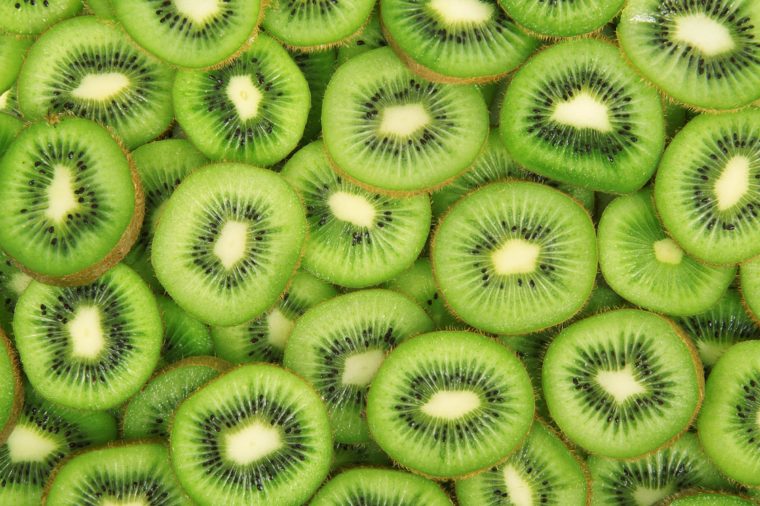“I wish I had found out about this earlier”
“I wish that someone would have told me”
To thumb suck or not?
Let’s face it, hindsight is a wonderful thing. Without a doubt, as a parent, you appreciate the importance of your child’s health. Fortunately, you are in a great position to monitor your children’s health, as well as their jaw growth and teeth development. However, a trip to the orthodontist can become costly if a problem is not picked up early or if a problem is left untreated to develop into something much more complex.
Everything about a baby or a toddler changes, and it changes very rapidly. The first two years of life show the highest growth velocity, with key tissues within the body growing, developing and continuing to remodel. We are certainly born already programmed to become who we will become… our height, the colour of our hair, and how we look are some characteristics that are predetermined.
That said, there are some traits or characteristics that can be influenced or changed by the environment around us. An example of this is the density of our bones – spend more time lifting and working manual labour work and chances are, you end up with denser bones. Spend time at the gym and it is highly likely that you will build strength and muscle size. So what does all this have to do with your child’s teeth?
This is a story about jaw growth, teeth alignment and the deleterious effect that certain habits can have on them. A good bite for the teeth relies on the upper and lower jaws growing in synchrony, which provides a foundation for the teeth to align and the muscles to function properly… the result, a beautiful smile. Anything that disrupts this balance when a child is growing can have prominent effects.
Whether it is a muscle imbalance or something being introduced into the mouth, be it a pencil, pacifier, thumb/fingers or a child biting their finger nails, there will be the potential to disrupt this harmony and balance of jaw growth if these are used for very long periods of time.
If your child is sucking their thumb, you are not alone! Thumb or finger sucking habits are the most common habits that orthodontists in New Zealand would see on a daily basis. They are prevalent in the 2-5 year age group and can be a normal part of growth and development. The habit acts to physiologically mimic suckling which in turn provides a child with psychological comfort, relief, reassurance when they are doing it, and it is sometimes a way for children to deal with stress. Problems arise when these habits continue as the permanent adult teeth begin to erupt (around the age of 6 years).
The changes that occur when the child is beyond 6 years of age seem to be significant and can affect the growth of the jaws and the alignment of the teeth. Further, the duration, position of the finger or thumb, degree of pressure or force of sucking can also have a significant negative effect on the position of the teeth. The good news is that a thumb or finger sucking habits seems to reduce dramatically when children start school, as most tend to be nervous or worried about what their peers might think if they were to continue this habit at school.
Common presentations of thumb or finger sucking include:
- “Bucky” and spaced upper teeth
- Lower teeth that are tipped in towards the tongue
- Narrow upper jaw with the upper teeth sometimes biting on the inside of the lower teeth
- Upper and lower front teeth that do not touch at the front
- Improper speech
- Abnormal tongue position and posture can develop
How can it be stopped?
The key to stopping a habit is in the approach taken and explanations given to the child, not in the appliances used. Most thumb sucking habits can be eliminated by teaching a child ways in which they can unlearn the habit – this is why having a child wanting to stop is a key to success.
There are numerous options and aids for parents to try and encourage their young ones to stop a sucking habit. However, not all aids are successful and some prove more successful than others. An example of a readily available aid is the guard around the thumb, where a small splint with Velcro is purchased over the counter and placed around the offending thumb. The problem with this product is that when it is used without proper instructions or an explanation to a child, the child simply learns to take it off and continue with the same habit. It is hugely important for the child to want to stop and for the habit not to be stopped abruptly, as this can be harmful to normal emotional development.
Some helpful tips and suggestions
- Current research suggests stopping habits around the age of 6 years, as any changes that have occurred to jaw growth and teeth alignment can spontaneously self-correct without the need for orthodontic treatment. A thumb or finger sucking habit in the earlier years does not seem to cause significant effects, so parents needn’t worry about these (although in the younger years, it might be a good time to sow the seed by talking to your child and encouraging them to stop).
- Explain to the child and show them what the habit is doing or can do to their teeth. Some pictures from the Internet of “bucky” teeth can illustrate to a child what will happen to their beautiful smile if they continue to thumb/finger suck.
- A child frequently requires only a gentle reminder. For example, if they are sucking their thumb while watching TV, a little tap on their finger will do just that.
- Children in general respond much better to a reward system rather than punishment. An example of this could be a simple “star chart” on the fridge door – every day/night without sucking their thumb results in a star. Obtaining 7 stars a week result in a small reward. Within a few weeks, we frequently see that a learned habit disappears.
- Prevention of the progression of these habits is crucial. A great idea for a pre-school aged child is to attempt to substitute a thumb or finger that is being sucked, with a pacifier at bedtime only. This is particularly helpful, as children going to school around the age of 5 will not want to be sucking a pacifier in front of their school friends, minimising the duration of sucking that is occuring.
- In some trickier situations, swapping the habit to a less significant one. For example, teaching a boy to fidget a pen between his fingers or a girl to twirl her hair.



